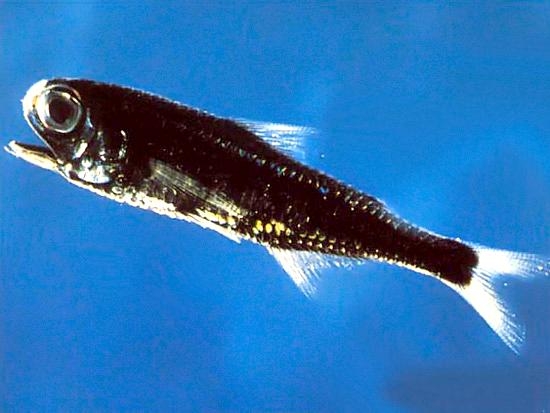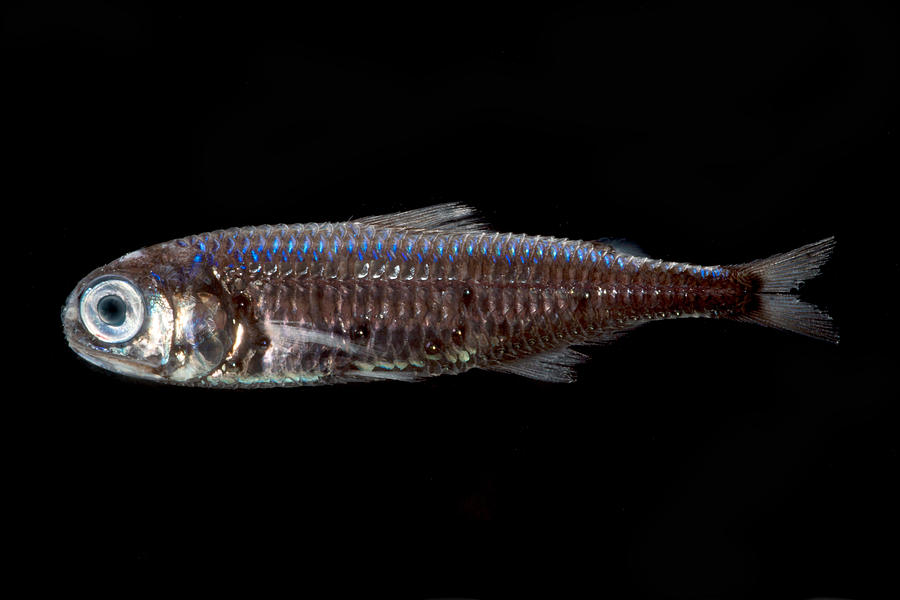

Most are small fish, measuring from 0.8-10.4 in (2-15 cm) in length. Lantern fish (family Myctophidae) are one of the most important groups of midwater fishes, with some 230 –250 species known. The eyes themselves are large with large lenses and pupils and highly sensitive retinas, suggesting that vision is an important sense for these species. Some species even have light organs on their tails the purpose of these is probably to act as false lures to potential predators. The former organs give off a twinkling effect as the animals swim, while the latter are far more powerful, effectively lighting up the area immediately ahead of the fish.
Lantern fish series#
In addition to a series of rows of light-producing organs along their sides (the pattern and number of which varies according to species), some lantern fish, such as those of the genus Diaphus, also have larger organs both in front of and underneath the eyes, rather like a miner ’s lamp. Each light organ, known as a photophore, is connected to the animal ’s nervous system which, perhaps together with some form of hormonal control, dictates the flashing sequence of these organs. Lantern fish are so called on account of the special light-producing organs that are found in their skin. Some of these species, such as lantern fish, have even developed their own artificial means of generating light.

Some species of fish that live in the darker reaches of the oceans also rely on light for survival. At the simplest level, it provides one of the basic requirements for photosynthesis and promotes development of a food chain. Light plays a vital role in the life of all oceans.


 0 kommentar(er)
0 kommentar(er)
